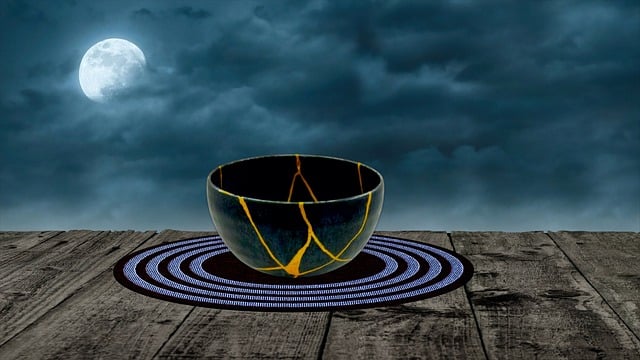The first evidence that humans have the ability to sense objects without direct contact, a form of 'remote touch' that birds such as sandpipers have, has been presented in a new study from researchers at UCL and Queen Mary University of London.

In terms of objects, human touch has typically been understood to be limited to physical touch, where we detect objects through contact with our skin.
However, recent findings in animal have challenged this view. It is known that certain wading birds such as sandpipers and plovers, for example, use a form of 'remote touch' to detect prey hidden beneath the sand using their beaks.
Remote touch allows the detection of objects buried under granular materials, such as sand or soil, through subtle mechanical signals transmitted through the material when pressure is applied nearby.
The new study, published in IEEE International Conference on Development and Learning (ICDL), investigated whether humans share a similar capability to touch objects remotely.
The researchers asked 12 participants to move their fingers gently through sand to locate a hidden cube before physically touching it.
Remarkably, the results revealed a comparable ability to that seen in wading birds, despite humans lacking the specialised beak structures that enable this sense in birds.
By modelling the physical aspects of the remote touch phenomenon, the study found that human hands are remarkably sensitive, detecting the presence of buried objects by perceiving small displacements in the sand surrounding them with 70% precision within the expected detectable range.
The team also conducted the same experiment with a robotic arm equipped with a custom tactile sensor and trained with a Long Short-Term Memory (LSTM) algorithm. This robotic system was designed to mimic the human raking motion through sand and detect buried objects based on tactile feedback.
Interestingly, the robot could sense objects from slightly farther distances on average but often produced false positives, yielding only 40% overall precision.
These findings confirm that people can genuinely sense an object before physical contact, a surprising capacity for a sense that is usually concerned with objects that enter in direct contact with us. Both humans and robots performed very close to the maximum sensitivity predicted with physical models and displacement.
Dr Lorenzo Jamone, an author of the study from UCL Computer Science, said: "What makes this research especially exciting is how the human and robotic studies informed each other. The human experiments guided the robot's learning approach, and the robot's performance provided new perspectives for interpreting the human data. It's a great example of how psychology, robotics, and artificial intelligence can come together, showing that multidisciplinary collaboration can spark both fundamental discoveries and technological innovation."
This research reveals that humans can detect objects buried in sand before actual contact, expanding our understanding of how far the sense of touch can reach. It provides quantitative evidence for a tactile skill not previously documented in humans. The findings also offer valuable benchmarks for improving assistive technology and robotic tactile sensing. By using human perception as a model, engineers can design robotic systems that integrate natural-like touch sensitivity for real-world applications such as probing, excavation, or search tasks where vision is limited.
Elisabetta Versace, Senior Lecturer in Psychology and lead of the Prepared Minds Lab at Queen Mary, who conceived the human experiments, said: "It's the first time that remote touch has been studied in humans and it changes our conception of the perceptual world (what is called the "receptive field") in living beings, including humans."
Zhengqi Chen, PhD student of Advanced Robotics Lab at Queen Mary said: "The discovery opens possibilities for designing tools and assistive technologies that extend human tactile perception. These insights could inform the development of advanced robots capable of delicate operations, for example locating archaeological artifacts without damage, or exploring sandy or granular terrains such as Martian soil or ocean floors. More broadly, this research paves the way for touch-based systems that make hidden or hazardous exploration safer, smarter, and






